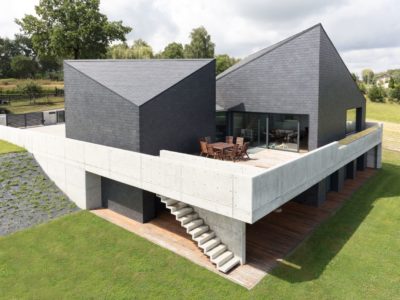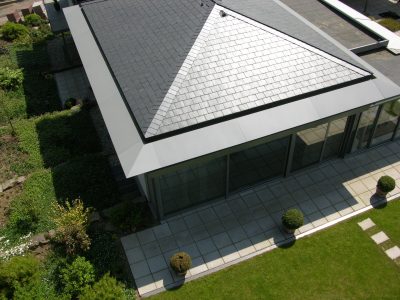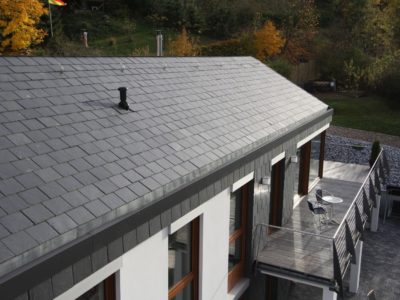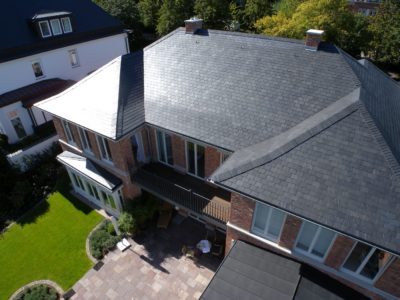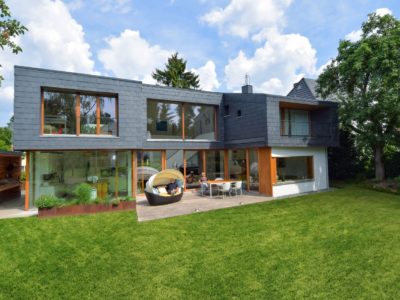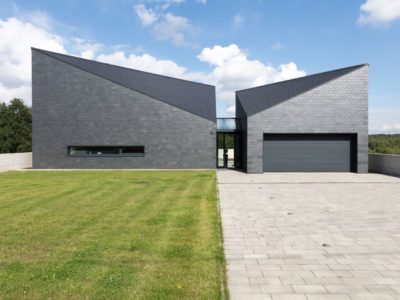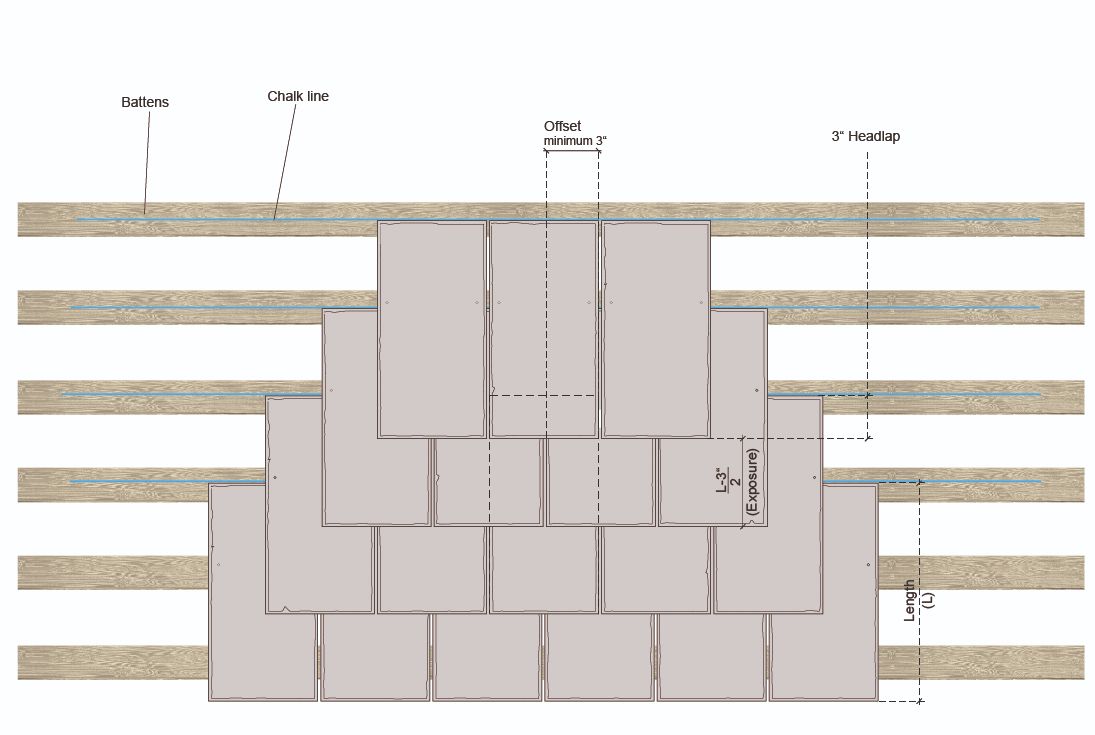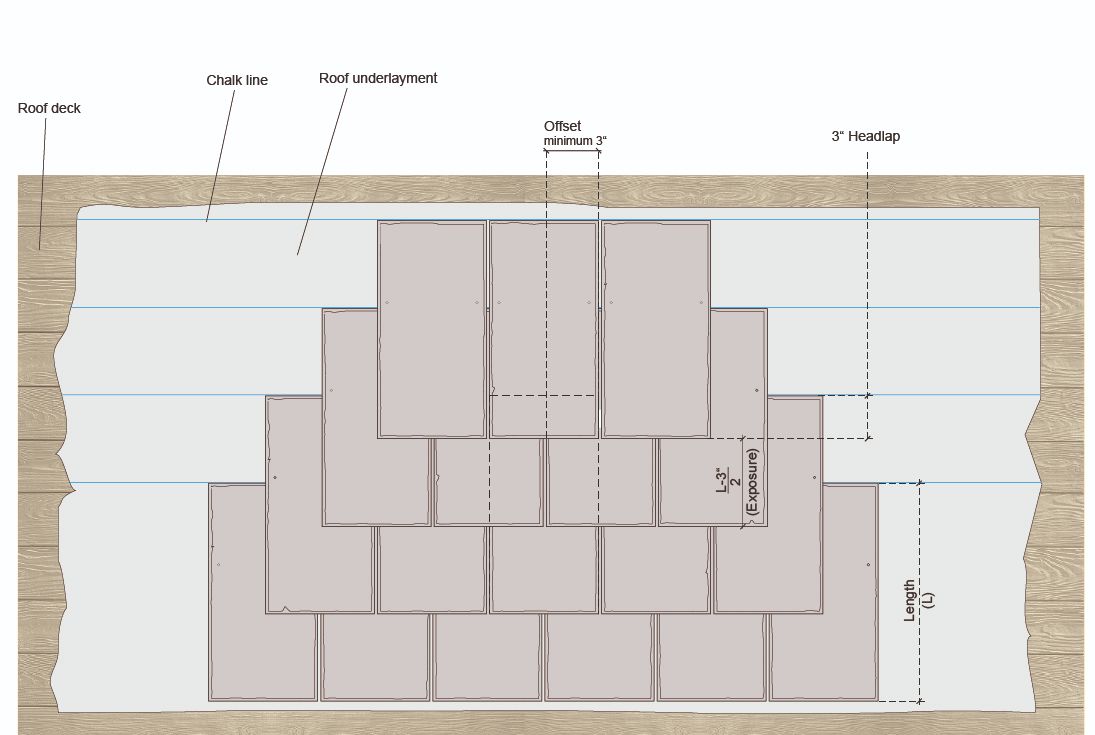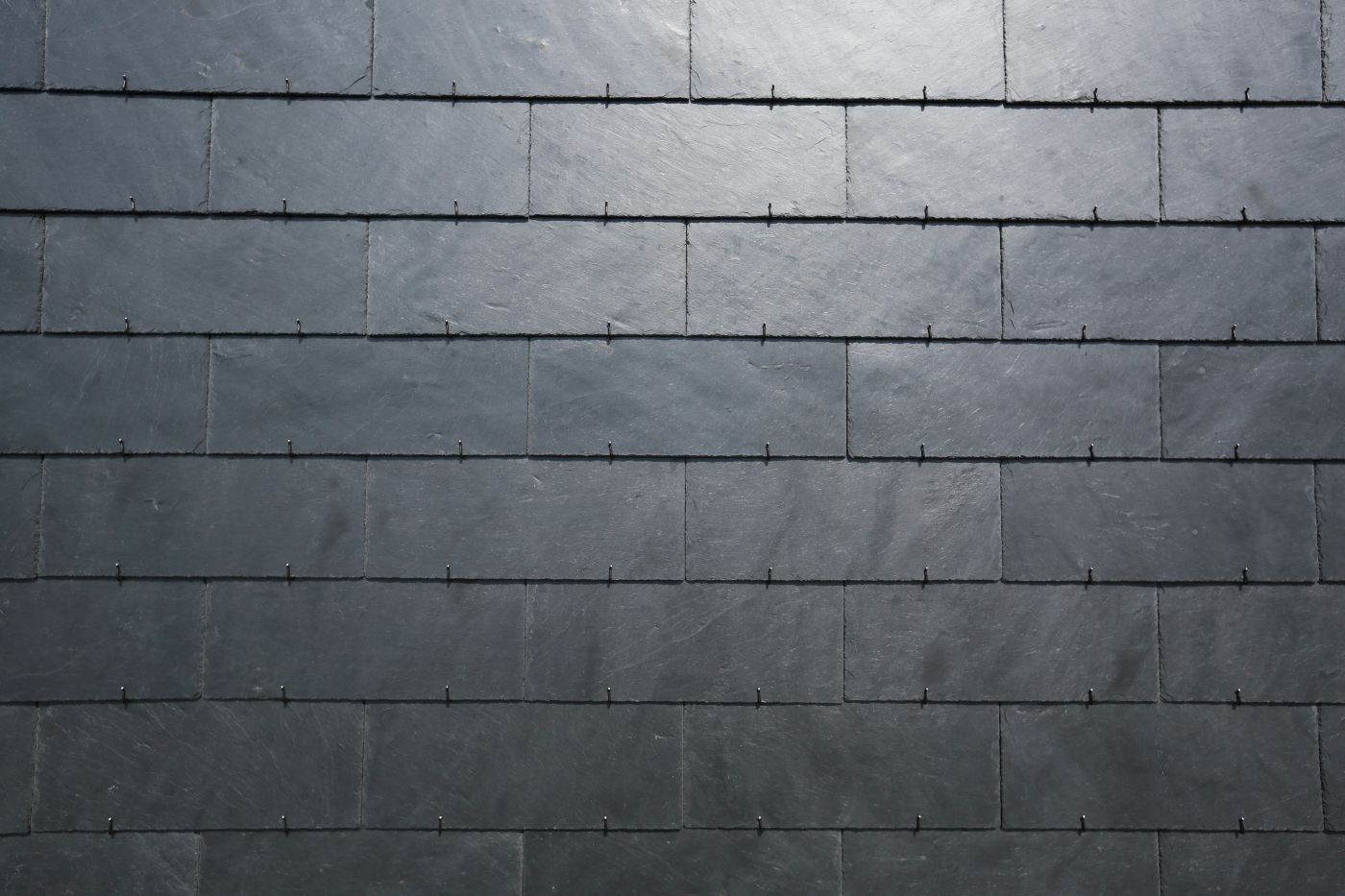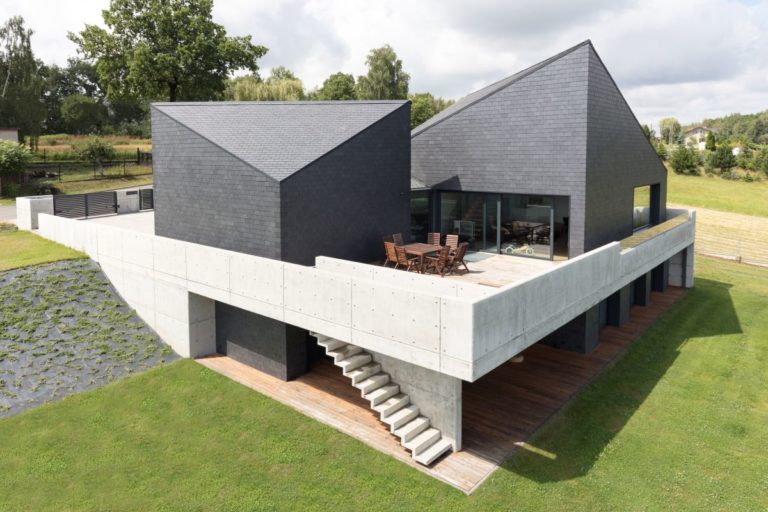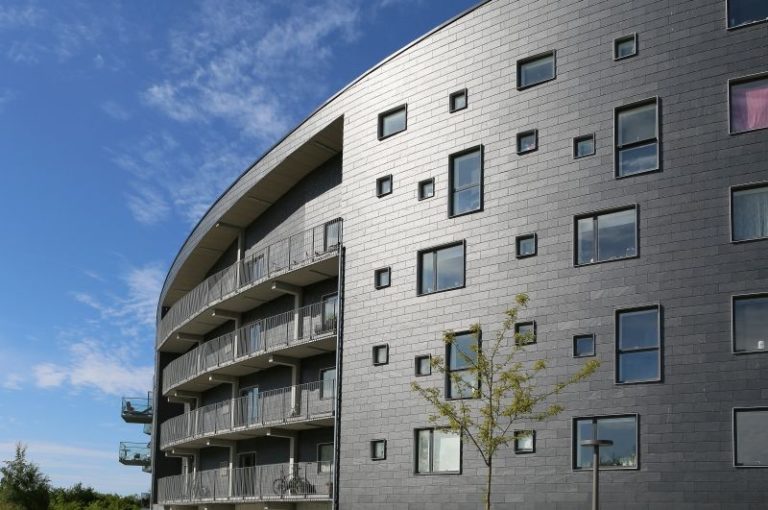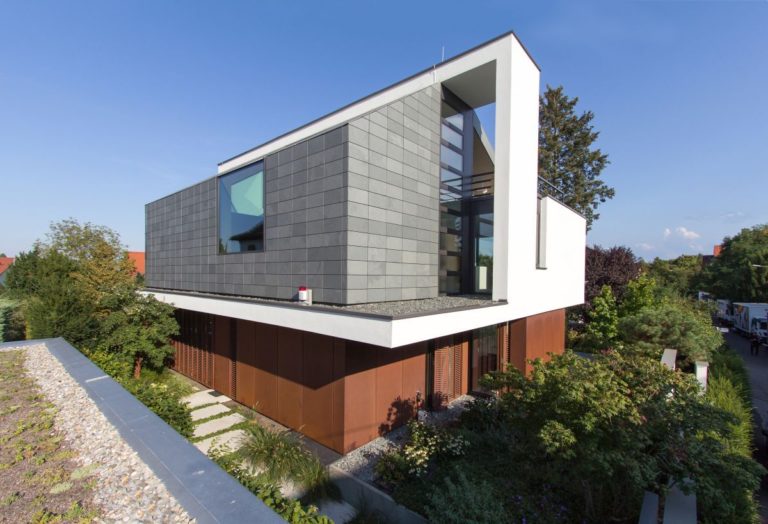SLATE ROOFING & RECTANGULAR CLADDING

Natural beauty in its clearest form.
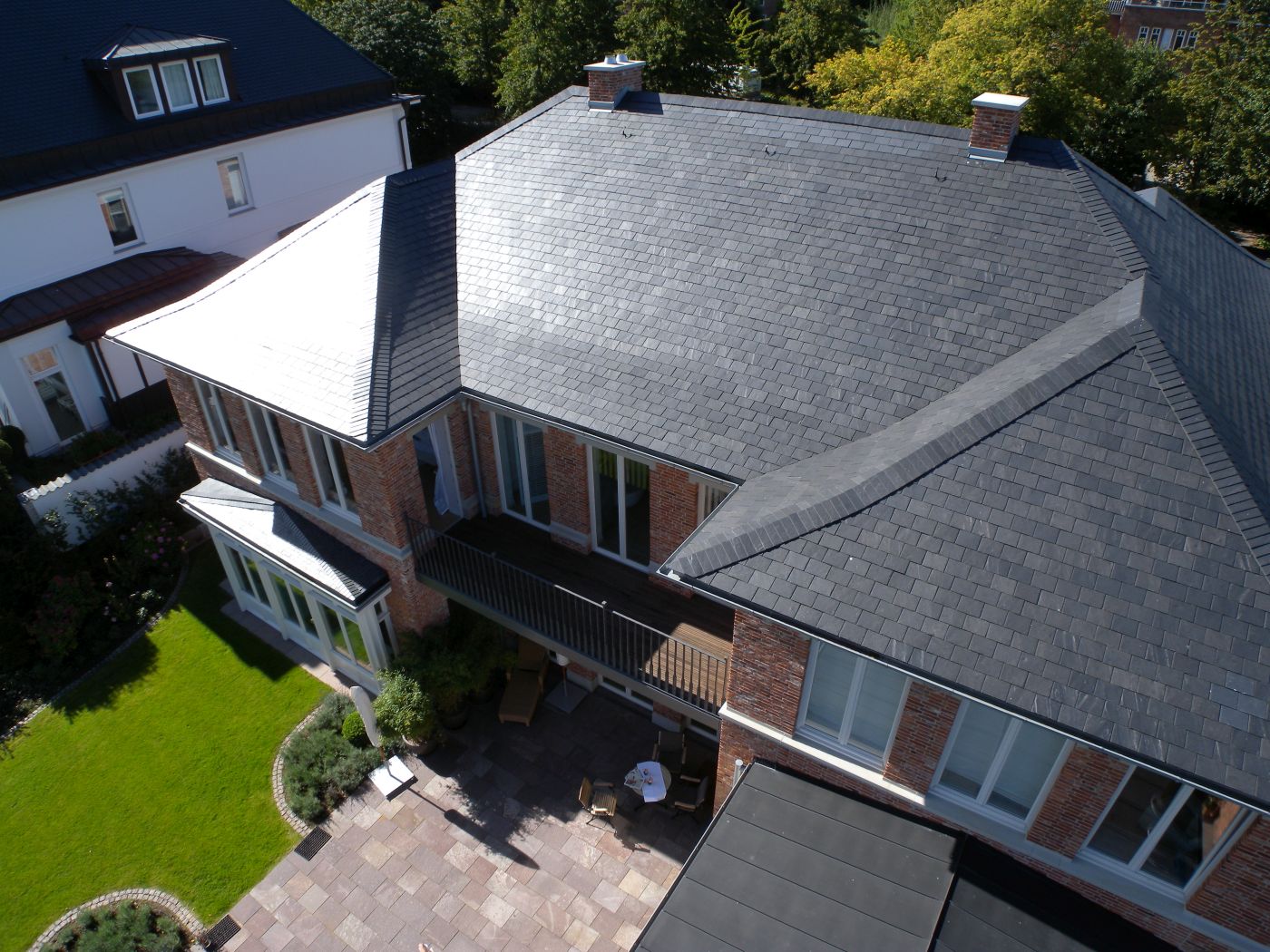

SLATE ROOFING & RECTANGULAR CLADDING





Natural beauty in its clearest form.
IN DEPTH





Natural Slate Roofing
Natural Roofing Slate has been used historically as a roofing material for centuries and is most known for its incredible lifespan and durability. When we speak of slate lifetime nowadays, we say slate will last 75-100 years however slate is known to last much longer. Slate is even salvaged and reused where it begins yet another lifespan. Slate is a natural stone and very environmentally friendly and combined with its longevity, as a roofing product it is very economical and ecologically valuable. The most common type of coverage is standard rectangular coverage. Slate comes in various lengths, widths, and thickness depending on what is desired for the project. Roofing slate is architecturally pleasing and gives every structure a natural charm. Slate roofing is typically installed with a 3-inch headlap, this is the vertical length of theupper portion of a slate that is covered by the butt of the two slate courses above, however this headlap does depend on the pitch of the roof. This overlapping in installation makes a roof impenetrable in terms of water tightness and is extremely robust and durable. Slate harmonizes with any structure and is available in a variety of colors to accommodate each project uniquely.
Natural Slate for Façade (rectangular shingles)
Slate in this rectangular form of installation can be used for façade as well. On a wall this is especially economic and cost-effective because it can be installed with less slate and less headlap due to the fact that the pitch is absolutely vertical. This is a very contemporary look and form of wall covering system and works well with many different architectural and design styles.
INSTALLATION & APPLICATION





Laying Technique:
With a standard width rectangular roofing slate the slate is installed in a half bond manner covering half of each slate. With random width slates it is important that horizontally slates overlap 3” minimum. Vertically, slates typically are installed with a 3-inch headlap, this is the vertical length of the upper portion of a slate that is covered by the butt of the two slate courses above, however this headlap does depend on the pitch of the roof. If the roof is a lower pitch for example a 4” headlap would be wanted to ensure the roof is watertight. Space in between slates horizontally is minimal, typically speaking 1/16” – max of 1/8”.
Mounting:
Generally speaking, field slate is nailed to horizontal battens. Each slate comes preholed with 2 nail holes per piece and the roofer nails these to battens with 11-gauge, smooth shank, copper wire slating nails. When nailing slates it is important to be precise, if the nail is under-driven it will put pressure on the overlapping slate, if the nail is over- driven then it can break the slate that the nail is intending to hold.
INSTALLATION & APPLICATION





Laying Technique:
With a standard width rectangular roofing slate the slate is installed in a half bond manner covering half of each slate. With random width slates it is important that horizontally slates overlap 3” minimum. Vertically, slates typically are installed with a 3-inch headlap, this is the vertical length of the upper portion of a slate that is covered by the butt of the two slate courses above, however this headlap does depend on the pitch of the roof. If the roof is a lower pitch for example a 4” headlap would be wanted to ensure the roof is watertight. Space in between slates horizontally is minimal, typically speaking 1/16” – max of 1/8”.
Mounting:
Generally speaking, field slate is nailed to horizontal battens. Each slate comes preholed with 2 nail holes per piece and the roofer nails these to battens with 11-gauge, smooth shank, copper wire slating nails. When nailing slates it is important to be precise, if the nail is under-driven it will put pressure on the overlapping slate, if the nail is over- driven then it can break the slate that the nail is intending to hold.
Coverage Specifics (Natural Slate for Façade):
Coverage Specifics (Natural Slate Roofing):
RELATED PRODUCTS





RELATED PRODUCTS






